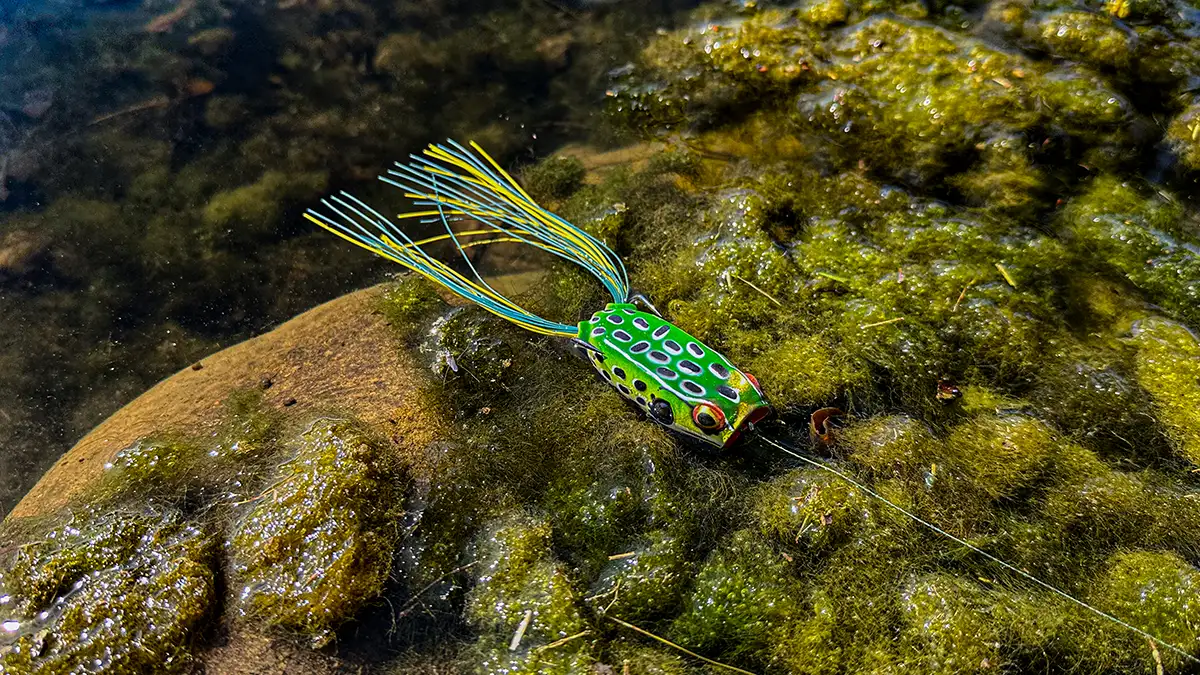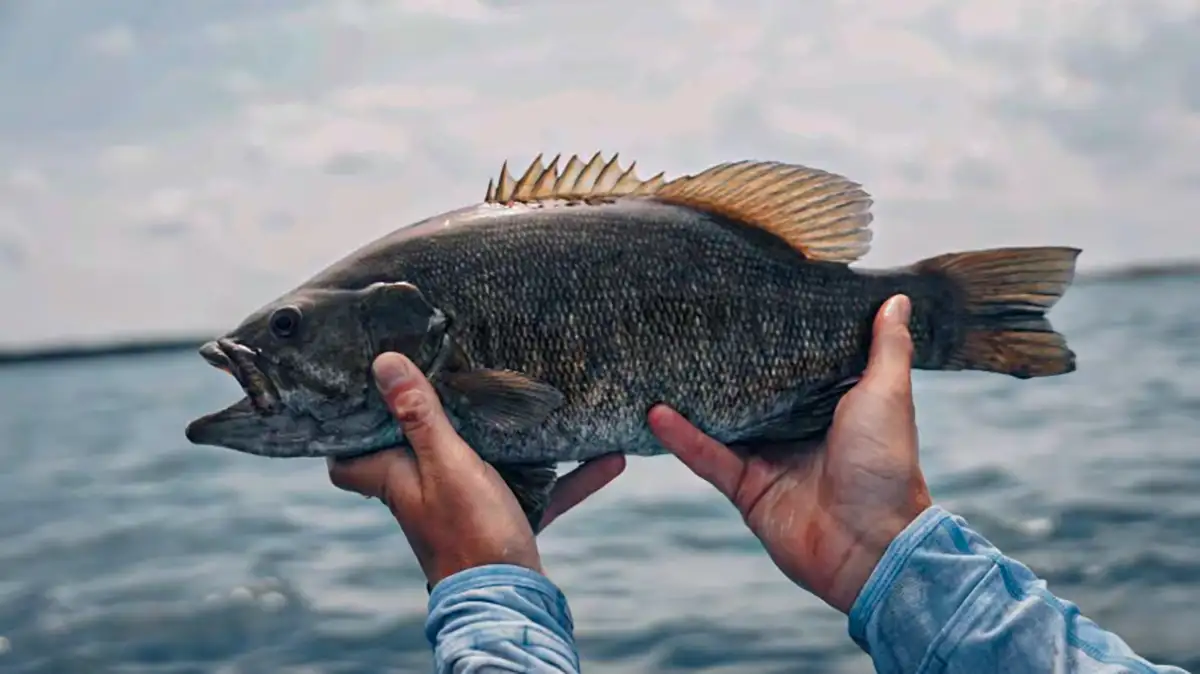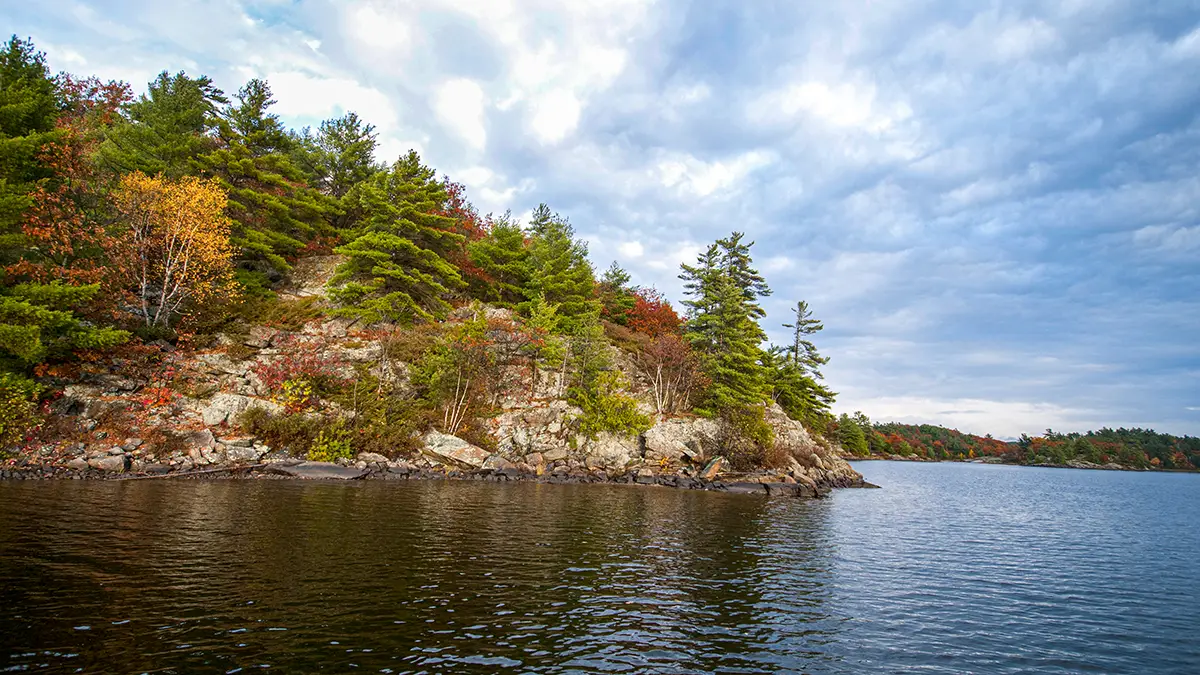I’ve been lucky enough to target bass on lakes all over the country. I’ve fished numerous types of fisheries throughout my travels, however there’s a select few that really stand out. Some of these include Lake St. Clair located in northern Michigan, and Lake Okeechobee located in southern Florida. While these lakes may be on opposite ends of the country, they have a few things in common. Both of these lakes have little to no contours, there’s lots of grass, and it full of giant bass.
Showing up to one of these lakes with little to no experience can be fairly intimidating, especially since these no obvious locations such as points of offshore humps. Offshore fishing on these bodies of water requires a different approach than what I’m used to here in the southeast, however it can generate some giant bass. This article highlights what I’ve learned fishing offshore with no map contours.
FINDING STRUCTURE
The first step in finding offshore bass without contours is finding structure. This can be anything from grass to brush piles, however you just need something for the fish to relate to. If your up north, there is likely going to be lots of grass and rocks. Locating areas such as grass lines or oversized boulders are great high percentage locations to find bass hiding out. Bass aren’t always sitting right next to the piece of structure however, especially up north. These fish tend to float around in the water column, so its important to check the surrounding area whenever you locate a good piece of structure.
There’s numerous ways to find this type of offshore structure without map contours, and its often easier than you’d think. Side and down imaging if you use electronics is a great way to quickly locate sweet spots and other locations that might be holding fish. This is the most efficient way to find hidden offshore structures, however there is still ways for people who don’t use this new technology. Dragging around bottom baits such as a Carolina rig or jig is a great way to find offshore structure. Feel for changed in bottom composition such as soft to hard bottom or grass to rock. While this strategy is slightly more time intensive, it works just the same.
VEGETATION
Lakes with no contours typically have a healthy amount of vegetation present. This typically makes vegetation the primary type of cover on the lake, subsequently holding the majority of bass. I use a few different techniques for targeting vegetation on these bodies of water, however first I must determine what think of grass these fish are located in. This is where my electronics really come into play. During my most recent trip to lake sit Clair, I noticed the fish were in the short deep grass that only grew a few inches off the bottom.
I found these fish using a mix of forward facing sonar and side imaging. First I graphed my desired area, marking holes and sweet spots throughout the vegetation. After this I would hop on the trolling motor and quickly look around the area, trying to find where the fish are hiding. One you find the type of grass these fish are residing in, you can often run that pattern all over the lake.
I use a variety of baits when fishing offshore grass, however a few of my favorites include a jighead minnow, Berkley Stunna Jerkbait and a drop shot. All three of these lures are great for targeting specific fish on forward facing sonar. I use these lures for both sparse and submerged grass, however if the grass is matted you may have to opt for more traditional lures such as a Spro Frog or Texas Rig.
BAIT
Targeting bait chasers is another common pattern on this style of fishery. With a lack of contours, many fish will roam the deep section of the lake is search of whatever baitfish reside in the fishery. This technique does require at least some form of electronics to perform, however it can generate some ferocious days of fishing. The majority of these floating fish relate to bait and other areas with an abundance of forage. Locating these areas is key to finding this action packed pattern.
Whenever I’m on the hunt for this bite, I always look for balls of bait. Using side and down imaging is the quickest way to locate these congregations of bait, however I use forward facing sonar whenever I’m looking for the bass surrounding them. Once you locate the fish, they’re often very responsive to a bait. This is likely because they are constantly moving in search of food, making them much more willing to eat.
I typically use a jig and minnow and a jerkbait when targeting these fish. I use the jig and minnow whenever I’m targeting individual fish, however the jerkbait is great for large groups of bass. Make sure to lead the bass with your lure in this scenario. These bass are often moving very fast, so getting a lure in front of them can often be difficult. If the fish are moving really feast I tend to opt for a heavy jighead minnow. However of the fish are moving slow ill go for something I can pause like a jerkbait. A few of my favorite lures for this scernio include the Megabass Vision 110 and the Z-Man Scented Jerk Shadz.
ROCKPILES AND HARDSPOTS
Rock piles and hard spots are another productive location on this style of fishery. If you’re fishing somewhere down south like the Harris or Kissimmee Chain, your likely going to be searching for hard spots. These locations typically have shell and are located around the edge of vegetation. Bass tend to school on these location, often leading to an action packed day of fishing. I throw a variety of baits on this type of structure, however my favorites include a Strike King 6XD Crankbait and a Zoom Ol’ Monster Worm.
Rock piles are also known for holding giant schools of bass, however this type of structure is primarily located up north. The key to finding productive rock piles on this style of fishery is by looking for the isolated rock, or rocks that are much larger than the rest. These locations seem to almost always have fish, and you can use a wide variety of lures to target them. Some of my favorites include a Z-Man Finesse TRD, Great Lakes Finesse Drop Minnow and a Strike King Baby Z-Too.
When I first arrived at a circular lake with little to no contours like St. Clair I was intimidated, however I quickly picked up on a few nuances that helped me successfully break down that body of water. If you’ve been struggling to find offshore fish on this style of fishery, I highly recommend using these simple tips to find and catch fish next time your on the water with no map contours.
















